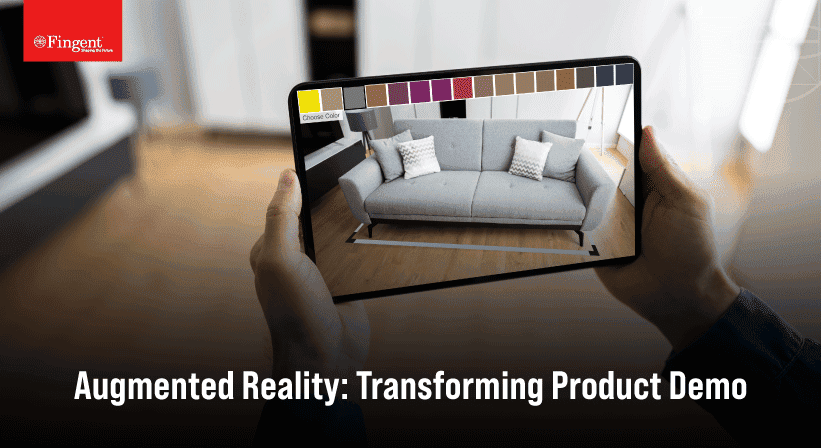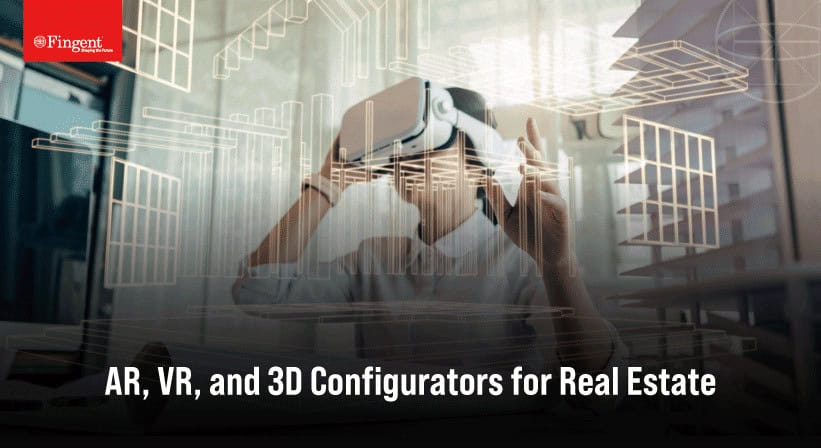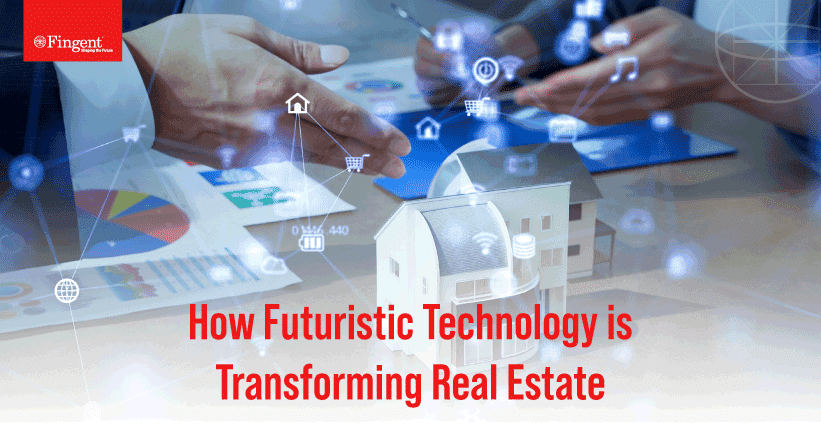Accelerating AR/VR Adoption Among Customers
How we can expedite customers’ move to emerging tech like AR & VR
Many real-world scenarios have shown us the need to keep up with technology. The COVID-19 pandemic, for example, has proved to be an unanticipated catalyst in accelerating customers’ move to the new and emerging technologies and tools. As millions of consumers go into lockdown, they are forced to work from home that impacts their day to day habits of digital connectivity.
Though COVID-19 has created a major drag on the world economy, it is playing an active role in accelerating the development and commercialization of several emerging technologies such as Augmented Reality (AR) and Virtual Reality (VR). This is especially true for innovations that automate processes, reduce human-to-human contact, and increase productivity during social distancing. This article examines how new technologies such as AR/VR can influence various industries.
Wholehearted Support for Virtual Health Care
In a survey conducted by Perkins Coie LLP, a vast majority of the respondents found healthcare and medical devices as one of the top potential growth areas for AR and VR technologies.
Telemedicine had previously not received enough support from healthcare providers, financers, and patients. But now, the need for virtual healthcare advice is accelerating the adoption of telemedicine. Various countries have authorized their healthcare professionals to expand telehealth consultations to make it easier for patients to speak with their healthcare providers.
This pandemic is also spurring the interest in asynchronous healthcare, a form of telemedicine that eliminates the need for face-to-face appointments in managing and monitoring chronic health conditions. New technologies in AR/VR allows a healthcare provider to remotely assess and diagnose a patient in an ambulance two miles away.
Related Reading: Is Mixed Reality the Future of the Healthcare Industry?
Promising future for the Real Estate Industry
Though the present scenario has stirred unrest in certain industries, the real estate sector need not come to a standstill at this time. The use of AR/VR technologies can facilitate communication and collaboration within the industry. As a useful tool for design communication, AR/VR has the ability to ensure virtual co-location of the teams making it possible to transfer messages and work cultures.
The new tech line (AR and VR) allows all project stakeholders to take a ‘walk’ inside the project before it is built. Such an understanding of project data can reduce errors, facilitate faster and better decision-making, and achieve greater business and profitability. In this period when physical mock-ups and on-site prototyping are no longer viable, VR-enabled online libraries can add accuracy to design projects without additional cost.
Related Reading: Augmented Reality & Virtual Reality: Transforming The Real Estate Industry
Use Chatbots Instead of Human Punching Bags
The COVID-19 pandemic has induced changes in customer behavior and business models, which might persist well after the crisis abates. Meanwhile, chatbots can be used to reduce the surge in customer frustration. Various websites are using chatbots to answer general FAQs asked by the customers providing them a better customer experience.
AI-powered chatbots can communicate with humans in real-time. Such personalized chatbots can be developed for your websites, social media profiles, and SMS services to generate automated responses using pre-defined keywords and categories. COVID-19 has complicated the role of the customer service representative. They have to lead the delicate dance of balancing policy and empathy with frustrated customers.
Read our case study: Using Chatbots to Create an Enhanced and Engaging Learning Experience
Chatbots provide proactive customer service and help protect the emotional well-being of the agents. Onboarding and training new customer service representatives are not viable options when the work volume increases. Chatbots allow you to scale-up teams and multiply output within seconds. Additionally, now chatbots can be used effectively to sell products directly to users via WhatsApp (WhatsApp for Business).
Powerful Cutting-Edge Technology: Face-Recognition
In the span of a few weeks, COVID-19 has reshaped how the world works. This new paradigm has opened the door to the deployment of latest technologies such as facial recognition. During this period of social distancing, business and government agencies are increasingly turning to facial recognition technology. Also, face recognition payments are growing in popularity.
Read our case study: The Future of Communication and Security Using Augmented Reality
Grand View Research, Inc. forecasts that by 2027, the worldwide facial recognition market will increase at a CAGR of 14.5 percent to reach 9.93 billion dollars.
Face recognition is already getting a lot of momentum since it avoids touching surfaces and potential infection. Another benefit to face recognition is that it can enable thermal scanning to check body temperatures, minimizing the risk of the sick infecting other workers.
The Race To Keep Pace
Today the globalized economy is in fierce competition. Technology helps increase efficiency across industries especially during this pandemic. That is why AR/VR is emerging as a critical solution. From accelerating user collaboration to streamlining processes, the use cases of AR/VR technologies in business will only get stronger. And as IT infrastructure increases in complexity, these new technologies will deliver multiple benefits to businesses as a whole.
Fingent helps accelerate your move to new and emerging technologies such as Augmented Reality, Virtual Reality, and Mixed Reality. Get in touch with us to find out how we help our clients deliver a compelling reality experience using these technologies.
Stay up to date on what's new

Recommended Posts

24 Oct 2023 Retail B2B
Explore Innovative Business Possibilities with Smart Retail Technologies
Our digital era is a whirlwind of change, with technology driving transformation at breakneck speed. It's not just about adopting new gadgets; it's about recognizing technology's influence on consumer interactions.……

04 Aug 2023 B2B
Augmented Reality: Taking Product Demos To A Whole New Level!
In the fast-paced world of business, where attention spans are shrinking and competition is fierce, a successful product launch can make all the difference. You've invested countless hours refining your……

08 Jul 2023 B2B
AR, VR, and 3D Configurators for Real Estate
The implementation and development of immersive digital technologies such as Artificial Intelligence, Augmented Reality, Virtual Reality, Machine Learning, and 3D Configurators have drastically changed the way the world works. These……

23 Feb 2023 Real Estate B2B
Futuristic Technologies Transforming The Real Estate Industry!
According to a 2020 report, 58% of real estate brokers have a clearly defined digital strategy, a figure that represents a 6% increase from the two previous years and thus……
Featured Blogs
Stay up to date on
what's new













